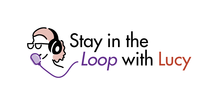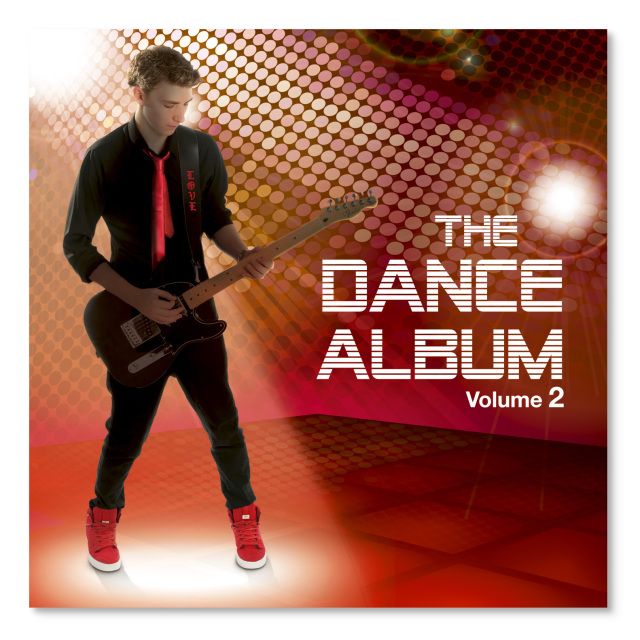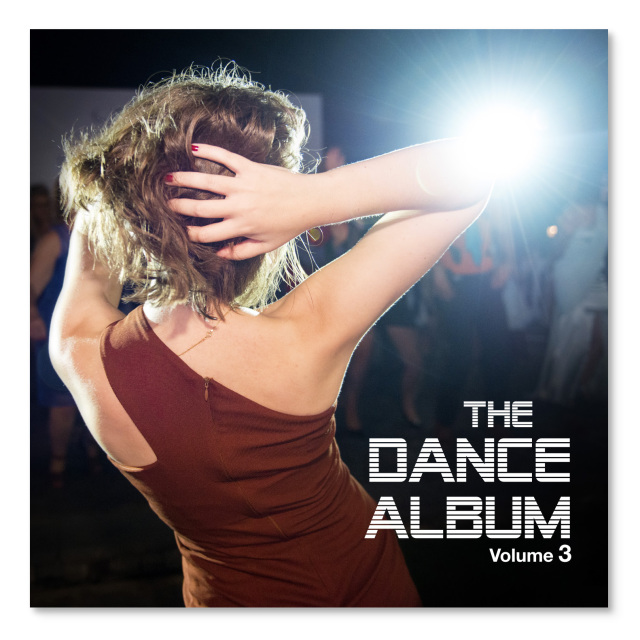Utiling a mobile phone
Guests today were Senior Constable Lynda Hart, a School Liaison Officer who was a wonderful support sharing information about some of the Learn to Drive programs available in the Hornsby Ku-ring-gai area. We also had Louise Talbot who has worked for two MPs on the Legislative Council on and off for the past 25 years. Louise advised us on processes and understandings around voting. We had 2 students dropping in today - Angus and Jeremy both made appearances on the show in between their after school activities. All in all I hope you will find some very practical tips!!
Currently you get fined and get demerit points for anyone in your car
RYDA - This is a great one day program to encourage your school to be involved in - check out the link to their website here.
In their program they cover:
Getting behind the wheel of a car as a young driver or passenger is said to be amongst the most dangerous things a person will do in their entire life - RYDA Road Safety Education PCYC - The Safer Drivers Course is a combined theoretical and practical course for under 25 year old learner drivers who have completed 50 hours of log book driving hours. There are 2 modules included and both modules must be completed to receive the log book credits. The courses are rolled out through 44 locations across NSW. For more information click here. Ku-ring-gai Council Chambers have a talk on strategies for teaching young drivers 4 times a year. It is a great presentation by Trent Driving School's Jeff McDougall for both students and their parents! The talk is free, held 4 times a year and bookings are essential. For more details click here - it is an old flyer but has current contact details.
Top 5 Distractions when driving
Tips from Testing Officers - Via Geared
You have to check out this blog on top tips from testing officers - they are all very practical and helpful tips which could meant he difference between you passing and failing. It is all about preparation and staying present. Your driving test is for you to see if YOU are ready to drive unacompanied on the road as much as the instructor on behalf of other users of the road. See it as another learning experience and if you fail, then you know there is more to learn.
Voting - arghhhh what do I do??
Firstly - definitely get involved! I saw this quote from the UK that was slightly concerning!! 6 million people aged 18-34 voted in the UK elections and in 2009 10 million voted for their favourite singer on the X Factor! f you are a first time voter then here are some good websites to check out. The first time at a poling station can be quite an overwhelming experience and it is worth taking some time to understand what the parties represent and who is standing before you head down to vote. If you are still not sure head to ABC vote compass here which can help you understand the policy and the party that you are best suited to. It also offers a more extended questionnaire should you wish to partake and the opportunity to take further interest in ABC Vote Compass research. With regards what to take with you to vote...nothing comes in the post for you to take with you apparently...it seems you just turn up with your ID. There are always people who stand outside polling stations to catch anyone who is unsure of who to vote for..every vote counts. You count. This year, on 28th March 2015, the NSW electors will be voting for the 56th parliament. Poling Stations To find your closest poling station check out this link - don't forget to take loose change and go on an empty stomach so you can help the hosting schools take advantage of the fundraising opportunity. You may find on your way in that you get handed lots of flyers and people hoping to catch anyone not sure of who to vote for. I found this really intimidating the first few times I did it but now I understand that they are just passionate people wanting other people to be engaged I have understood why they are there and it bothers me so much less. What you are voting for: Legislative Assembly The New South Wales Legislative Assembly consists of 93 Members of Parliament, who each represent an electoral district. Each electoral district has its own unique ballot paper. The method of voting for the Legislative Assembly is known as optional preferential. The names of each candidate for that District and their political party affiliation are shown on the ballot paper. The order in which the candidates appear on the ballot paper is determined by a draw conducted by the Returning Officer for each electoral district. To vote, you must put a number '1' in the square next to the candidate who is your first choice, that is, the person who you want to be elected. If you want, you can put a number '2' in the square next to your second choice, and a number '3' in the square next to your third choice and so on. Examples of how to complete the form can be found here on the Vote NSW government website. The Legislative Assembly are also known as the lower house and is where policy is first deliberated on and enacted. For a list of the candidates for the Legislative Council check out this link Legislative Council The NSW Legislative Council consist of 42 members who represent the whole state in Parliament. At each state election 21 members are elected to serve 2 terms of parliament, that is, a maximum 8 years. The Legislative Council is also known as the upper house and is where the policy's go for review after they have been deliberated in the lower house. It is possible for the upper house to overthrow decisions made by the lower house. The method of voting for the Legislative Council is known as proportional representation. You can vote in 2 ways on this sheet - above the line and below the line. The squares above the line represent the groups of people listed below the line. You vote above the line if you are voting for a party and below the line if you are voting a particular person but once you start voting below the line you have to put a number by everyone below the line in order of preference. Examples and videos of how to complete this form can be found here on the Vote NSW government website. The whole website has been very helpful writing this blog! Finally a useful page about the 3 tiers of government can be found on the NSW election website but also on this link as an alternative. I think the Government should spend its money on making every child in Australia be able to go to school and make sure everyone fits in, They should encourage children to include one another and organise programs to talk to schools about respecting one another and showing interest in them because you never know how nice someone could be until you dig a little deeper and discover. Matilda 11,NSW -Things That Matter Unicef report 2014 Resources
Rotary - RYDA Program
PCYC - Safer Drivers Course Ku-ring-gai strategies for teaching young drivers Information on Seatbelts Centre for Road Safety Geared - for the articles on Distraction and Top Tips from driving instructors RMS - Geared Home Page NSW State election website ABC Vote Compass ABC NSW election guide Schools website for an overview of the different levels of government UNICEF - Things That Matter Report 2014 Behind the Spin - Elections Need X Factor
With thanks to Glorious Music for use of their music in my show and podcast. Check out their website here. Both tracks are from their dance albums below. tracks are called Groove Your Foundations and Down and Serious. Thanks also go to Triple H for giving me the space to have my show on their station!
Comments are closed.
|
Categories
All
AuthorLucy Dahill is the presenter of Stay in the Loop with Lucy, she has a passion for offering people the platform to share their voice. Young, old or somewhere in between we all have wisdom to share if we trust our hearts over our heads. |



 RSS Feed
RSS Feed